
Human Services Policy Advisors Institute
The Human Services Policy Advisors Institute is a series of monthly calls that bring together governors’ policy advisors and state leaders from social services and children and family-serving agencies to share innovations and best practices for serving the complex needs of children and families. This network serves as a monthly check-in for updates, content, peer-to-peer exchanges, and networking; this call series is the Children and Families Program’s primary space for convening policy advisors to discuss multidisciplinary policy considerations.
The Human Services Policy Advisors Institute is a series of monthly calls that bring together governors’ policy advisors and state leaders from social services and children and family-serving agencies to share innovations and best practices for serving the complex needs of children and families. This network serves as a monthly check-in for updates, content, peer-to-peer exchanges, and networking; this call series is the Children and Families Program’s primary space for convening policy advisors to discuss multidisciplinary policy considerations.
Members
Governors’ policy advisors with human services-related portfolios. Most commonly, this role is housed within the Governor’s office; however, personnel from state agencies such as human services, child welfare, and early childhood education may also join.
Activities
- Monthly call series
- State-specific technical assistance available on an ad hoc basis
- Consultation on NGA published materials
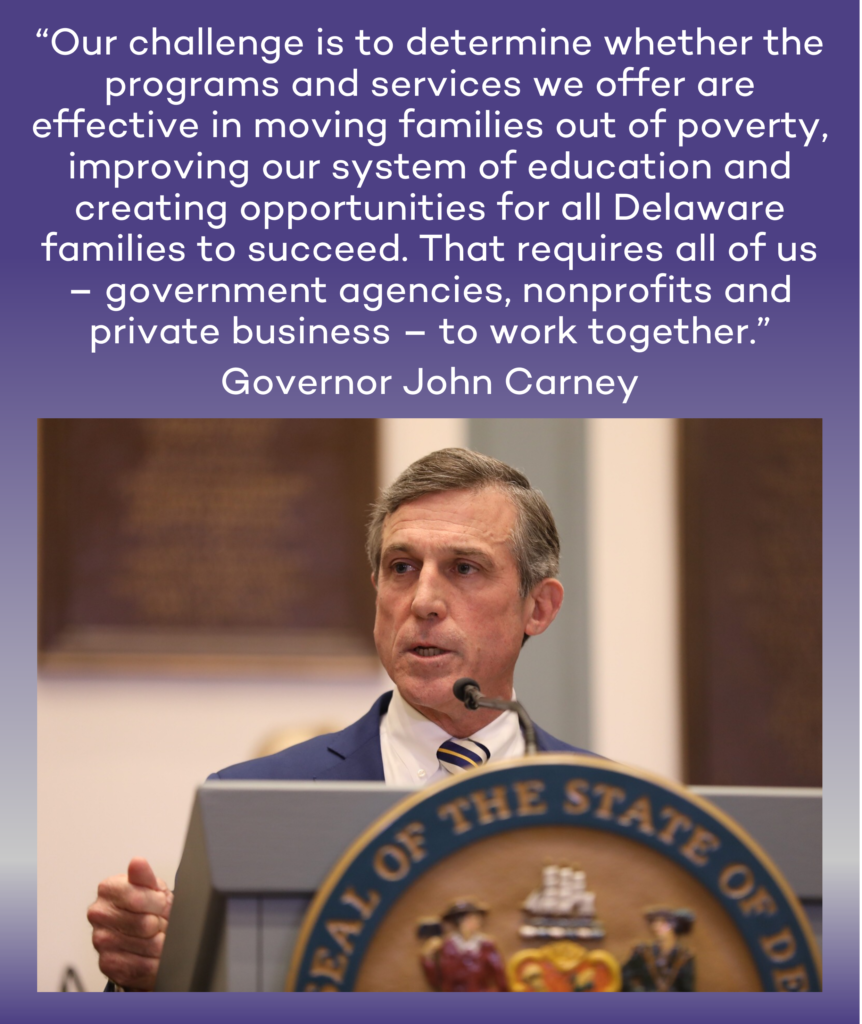
HSPAI Sessions
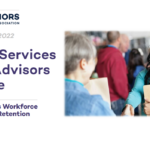
Human Services Workforce Recruitment & Retention
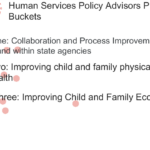
State Discussion on Policy Priorities
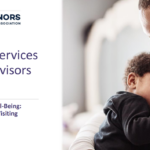
Whole Family Well-Being: Upstream Home Visiting

Combatting Childhood Hunger in Summer 2022

Meet Them Where They Are: Identifying and Addressing Gaps in Child Care
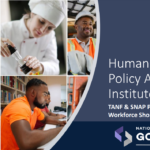
TANF & SNAP Pipelines to Address Workforce Shortages
Please contact Jess Kirchner (jkirchner@nga.org) with any questions about the network.
Our Focus Areas
- Whole-family Approaches to Serving Children and Families
- Early Childhood Education and Care
- Juvenile Justice
- Human Services Data and Delivery Systems
- Housing and Homelessness
- Food Insecurity and Hunger
- Family Economic Security
- Anti-Poverty Solutions
- Foster Care, Kinship Care, and Adoption
- Child Abuse Prevention and Treatment
- Empowering Families and Communities
- Reducing Barriers to Opportunity and Equity
Meet the Team
- Jordan Hynes, Program Director
- Jess Kirchner, Policy Analyst
- Eli McCabe, Policy Analyst
- Ekaan Ahmad, Policy Coordinator
NGA Resources

Governors Launch Youth Mental Health Initiative

States Convening to Discuss Improving Economic Mobility

Advancing Economic Mobility for Low-Income Families: Policy Options for Governors
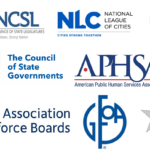
Letter Urges Congress to provide a one-year extension of the Temporary Assistance for Needy Families (TANF) program

State Efforts to Address ACEs and Trauma and Build Resilience

Governors Meet with Dolly Parton at the NGA Summer Meeting

Governor Murphy Introduces Chair’s Initiative: Strengthening Youth Mental Health Care

New Jersey Governor Phil Murphy Elected Chair of National Governors Association

NGA 2022 Summer Meeting

Governors Urge Quick Action on the Bipartisan Keep Kids Fed Act

Briefing on Infant Formula Shortage

